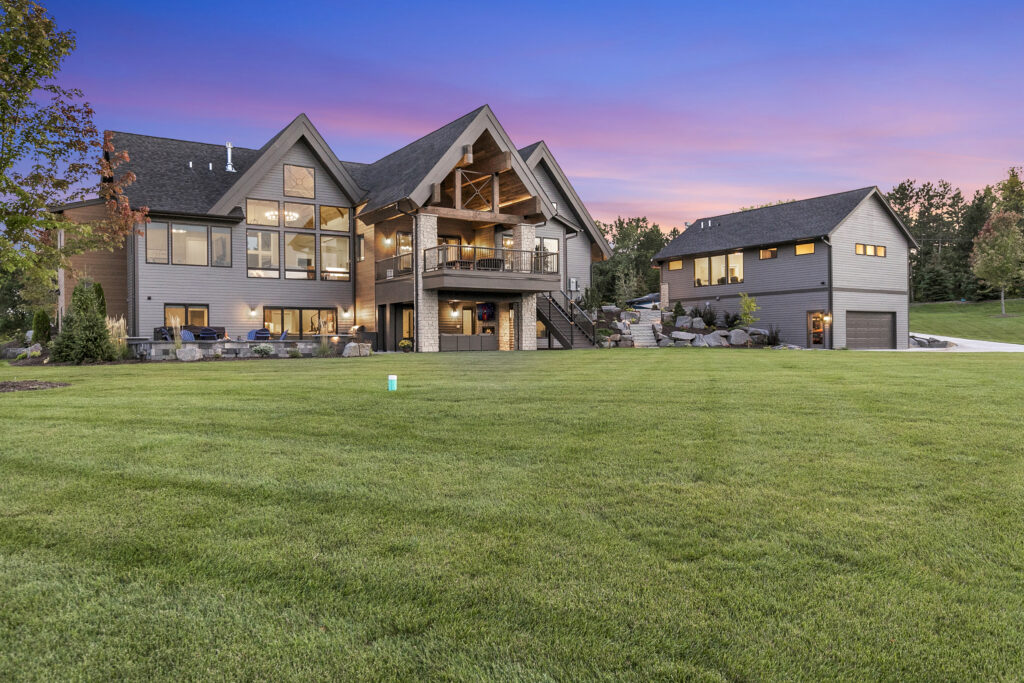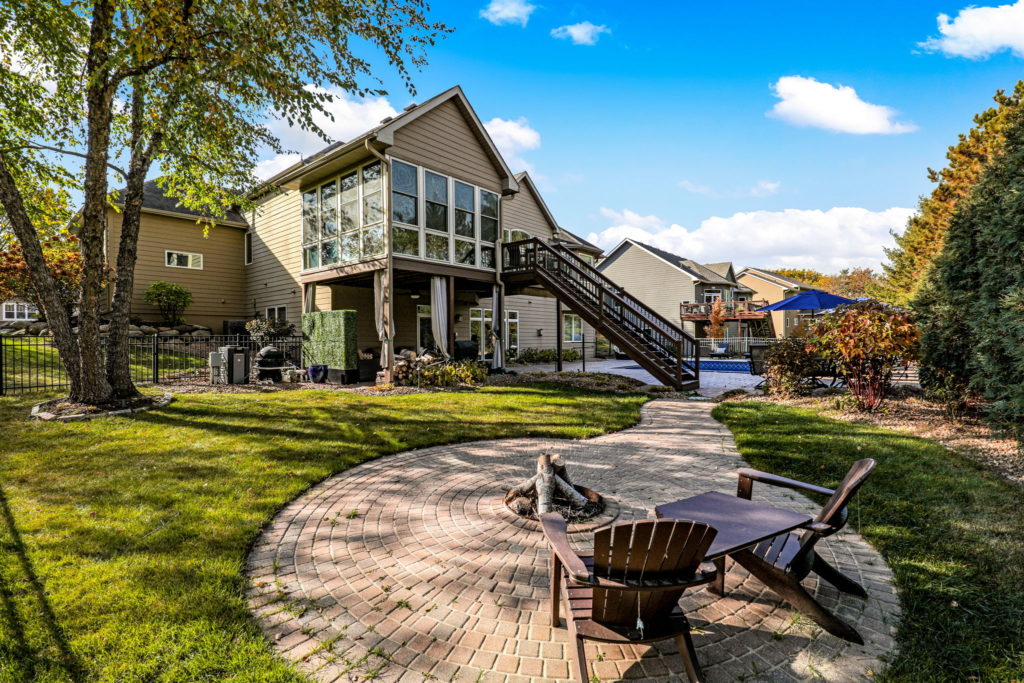In the bustling real estate market of Minneapolis, staying ahead of the competition is essential for real estate agents and homeowners alike. The power of visual marketing cannot be underestimated, as potential buyers are increasingly turning to online platforms to explore properties. With traditional static images falling short of capturing the essence of a home, the real estate industry is embracing the next level of innovation: 3D tours and virtual walkthroughs. In this blog, we will delve into the advantages of these cutting-edge technologies, their implementation, and their potential impact on the future of real estate photography.

The Advantages of 3D Tours and Virtual Walkthroughs
- Immersive Experience
One of the most compelling advantages of 3D tours and virtual walkthroughs is the immersive experience they provide. Potential buyers can “walk” through a property as if they were physically present, getting a genuine feel for the flow and ambiance of the home. This level of immersion fosters a stronger emotional connection between the buyer and the property, increasing the likelihood of a sale.
- Accessibility
In a city like Minneapolis, attracting out-of-town buyers is crucial. 3D tours and virtual walkthroughs offer a convenient solution for remote property exploration. Prospective buyers from across the country or even the globe can virtually tour a property from the comfort of their current location, saving time and travel expenses. This accessibility widens the reach of a listing and attracts a broader pool of potential buyers.
- Time-Saving
For both buyers and sellers, time is of the essence. House hunting can be a time-consuming process, especially when visiting multiple properties physically. 3D tours and virtual walkthroughs help streamline this process by allowing buyers to pre-screen properties. They can narrow down their choices based on their virtual experience, focusing on properties that genuinely pique their interest. This efficiency benefits sellers by attracting more serious and qualified buyers for in-person showings.
- Enhanced Engagement
Static images often leave potential buyers with unanswered questions about the property. In contrast, interactive 3D tours offer a comprehensive view of the home, with the ability to zoom in on specific details and explore each room from different angles. This level of engagement empowers buyers to make more informed decisions, reducing the likelihood of disappointments during physical visits.
5. Implementation and Execution
While the concept of 3D tours and virtual walkthroughs may seem daunting, the implementation process is becoming increasingly accessible. Several platforms offer user-friendly tools that enable real estate agents and even homeowners to create their own virtual experiences. However, for a professional and polished result, hiring a real estate photographer or videographer experienced in 3D photography is recommended.
6. Technical Requirements
Creating high-quality 3D tours and virtual walkthroughs requires specific equipment and software. 3D cameras or special attachments for traditional cameras are needed to capture 360-degree images. Additionally, stitching software is used to combine these images into a seamless, interactive experience.
7. Professional vs. DIY
Deciding whether to hire a professional or pursue a DIY approach depends on factors like budget, technical expertise, and time constraints. Professionals bring their expertise, high-end equipment, and editing skills to ensure a top-notch result. However, user-friendly platforms have made DIY options accessible to those with a lower budget or a desire for greater control over the process.
8. Best Practices
To ensure captivating 3D tours and virtual walkthroughs, adhering to best practices is crucial. Adequate lighting and proper staging are essential for showcasing a property in its best light. Capturing images in high resolution and ensuring smooth navigation are also critical factors to consider.
9. Addressing Concerns and Misconceptions
As with any emerging technology, there may be concerns and misconceptions surrounding 3D tours and virtual walkthroughs. Addressing these is essential to help stakeholders understand and embrace these innovative tools fully.
10. Compatibility
Some may worry about the compatibility of 3D tours with different devices and internet speeds. Fortunately, modern virtual tour platforms are designed to be compatible with a wide range of devices, from desktop computers to mobile devices, and can adjust the image quality based on internet speeds.
11. User Experience
A potential concern is that users may find navigating through 3D tours and virtual walkthroughs challenging. To counter this, offering clear instructions and incorporating an intuitive interface is essential. Additionally, providing support and guidance during the virtual tour experience can help users feel more at ease.
Conclusion
Minneapolis real estate photography is embracing the power of 3D tours and virtual walkthroughs to enhance the buying and selling experience. These innovative tools offer an immersive, informative, and engaging way to explore properties from anywhere in the world. As the real estate industry continues to evolve, embracing such cutting-edge technologies will undoubtedly prove to be a game-changer in staying ahead of the competition and satisfying the demands of tech-savvy buyers. With 3D tours and virtual walkthroughs, the future of real estate photography in Minneapolis looks promising and exciting.

